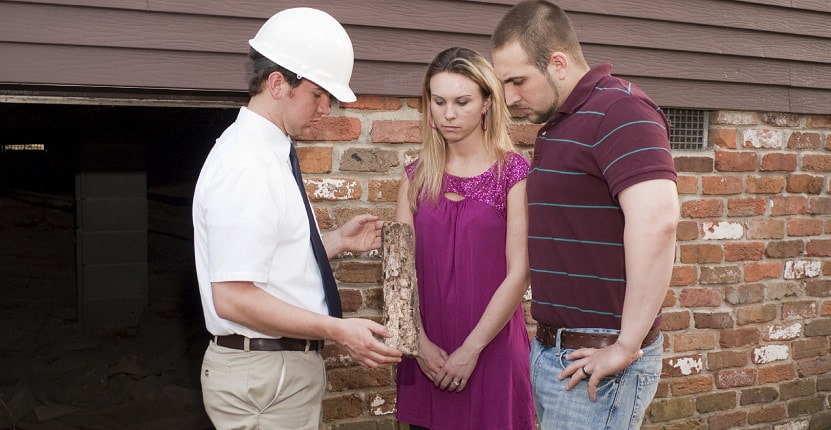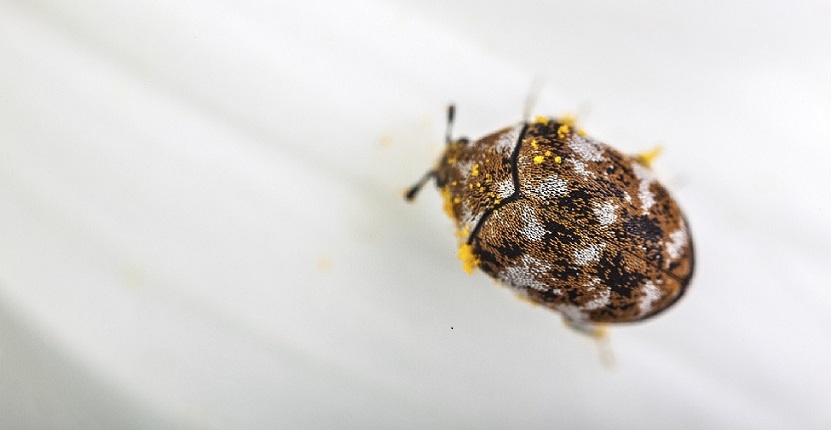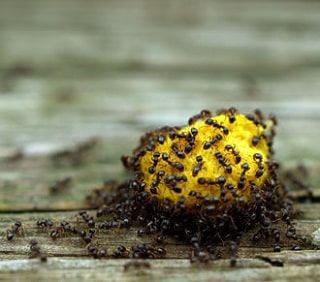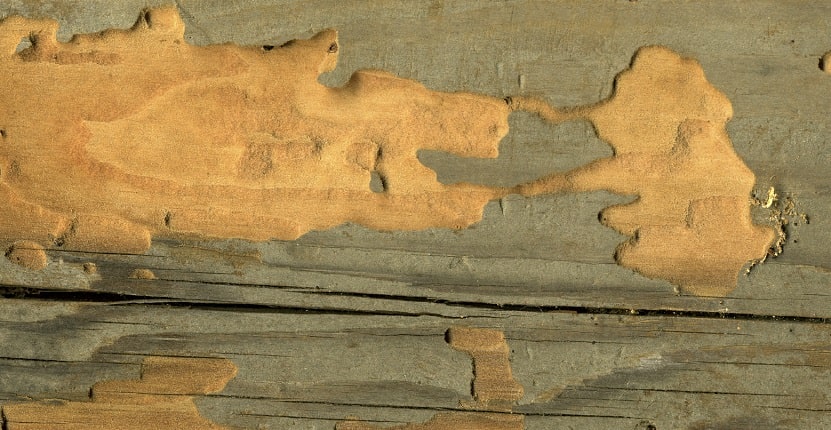Introduction:
One of the worst nightmares of an Australian household, is a termite infestation due to the severe damage it is known to do to your property and its belongings as well as because it drastically lowers the value of your property. How so? Find out in this article.
Understanding the Impact of Termite Infestations on Property Value:
Termite damage can be extensive and costly to repair, significantly impacting the value of a house. Since infestations raise huge concern to potential buyers and appraisers, having an existing one can severely hamper your property’s value. But that’s not all, here are other factors you should think about:
- Structural Damage: Since these notorious creatures are known for chewing on wooden items, including walls, foundations, floorings, and furniture, they are known to cause the most property damage as compared to other pests which results in increased repair costs and a drop in your home value.
- Maintenance Expenses: This too affects the value of your property because if your property suffers from termite damage, that the buyers are aware of, then you would need to settle for less. Additionally, the buyers may not even consider your property considering that they would have to later invest more to repair the damage caused by the infestation.
- Past Infestations: Usually, one of the main questions buyers pose when they are interested in a property, is if it has been infested with pests before and how severe. If a home has been infested way too many times, then that would deter them from finalizing on your property.
- Insurance Coverage: Insurance coverage for termite damage can vary. Some insurance policies may not cover termite-related expenses, while others may have limited coverage. Buyers may be cautious about purchasing a property that lacks adequate insurance coverage for termite damage, potentially affecting its value.
- Time and Effort: Dealing with an infestation requires time and effort on the part of homeowners. The process of eradication, repairs, and ongoing prevention measures can be inconvenient and disruptive. This factor may discourage potential buyers who are seeking a hassle-free purchase.
- Market Perception: A property with a known infestation history may develop a negative reputation within the real estate market. Real estate agents and potential buyers may perceive such a property as having underlying issues, leading to difficulties in selling and potentially lowering its value.
- Appraisal and Financing: When appraising a property, termite damage can impact its overall condition and value. Lenders may also consider termite issues when approving financing, as it affects the collateral’s quality and marketability.
- Termite-prone Neighborhood: If termite infestations are very common in your neighborhood, then that could affect the value of your property as well as the likelihood of it even getting sold. This is especially possible if the potential buyers are aware of it and are trying to avoid purchasing a home infested with termites.
How to Identify Termite Infestation?
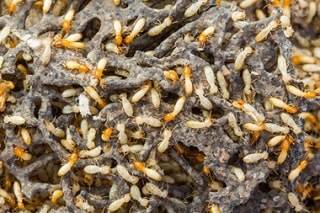
- Discarded Wings: Look for discarded wings near window sills, doorways, or other entry points.
- Mud Tubes: Check for mud tubes along walls, foundations, and surfaces.
- Hollow-Sounding Wood: Tap on wooden structures and listen for a hollow sound.
- Frass (Droppings): Look for tiny wood-colored pellets near entry points.
- Blistering or Bubbling Paint: Notice paint distortion or unusual surface textures.
- Sagging Floors or Ceilings: Watch for sagging or uneven floors and ceilings.
Preventative Measures for Infestations:
Prevention is key when it comes to infestations. Implementing the following measures can help protect your property and preserve its value:
- Regular Inspections: Schedule annual inspections by a licensed pest control professional. They will assess your property for signs of activity and identify vulnerable areas.
- Moisture Control: Termites thrive in moist environments. Address any plumbing leaks, faulty drainage systems, or water accumulation issues promptly. Sufficient ventilation in basements, attics, and crawl spaces can also help reduce moisture levels.
- Wooden Structures: Termites primarily feed on cellulose materials, such as wood. Protect wooden structures by:
- Using Termite-resistant Materials: Consider using termite-resistant timber or treated wood for construction, particularly in areas prone to infestations.
- Regularly Painting or Varnishing Wooden Surfaces: This creates a protective barrier and reduces the risk of damage.
- Keeping Wood away from the Ground: Ensure that firewood, lumber, and other wooden items are stored above ground and away from the house.
- Landscaping Considerations: Landscaping elements can inadvertently attract termites. Take the following precautions:
- Maintain a Gap between Soil and Wooden Structures: Keep plants, mulch, and soil away from the house’s foundation to reduce entry points.
- Choose Termite-resistant Plants: Consult with local garden centers or experts to select plants that are less attractive to them.
- Regularly Trim Begetation: Overgrown plants and branches can provide a direct pathway for them to access your home.
- Chemical Treatments and Barriers: Consult with a professional pest control company about applying chemical treatments or installing physical barriers around your property. These preventive measures can act as a deterrent or provide early detection.
Conclusion :
Termite infestations can significantly impact the value of a house in Australia, making prevention crucial. By understanding the potential consequences of termite damage and implementing effective preventative measures, homeowners can protect themselves and their homes from these pests.

